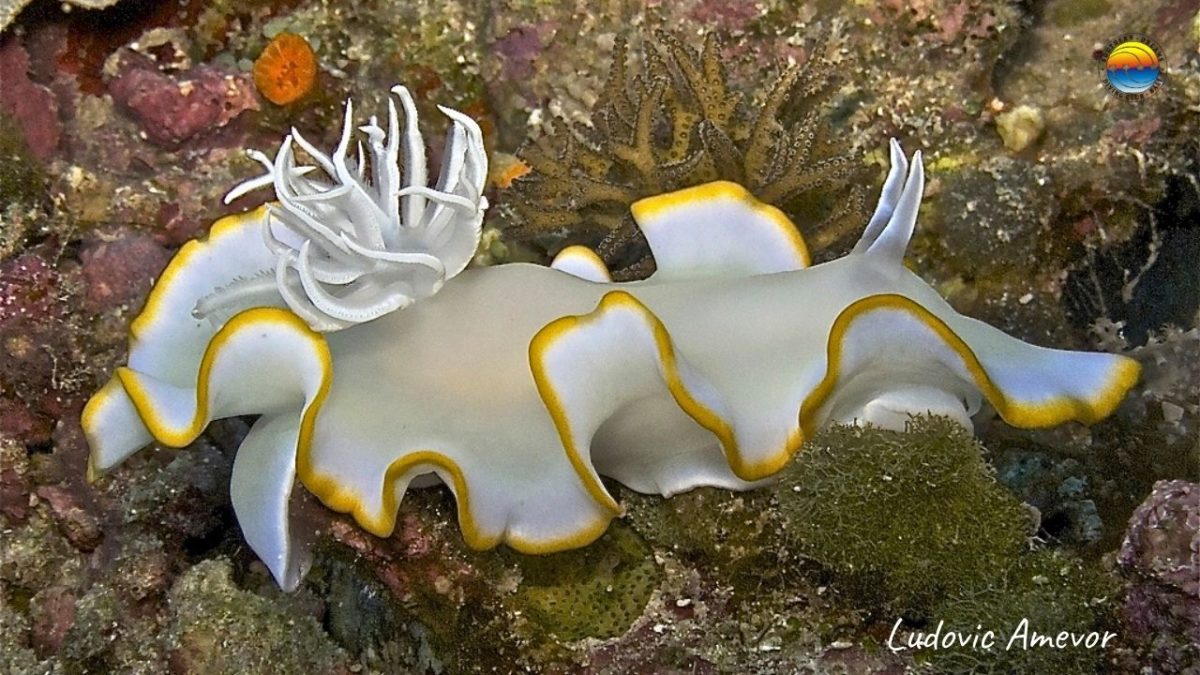Nudibranchs are marine gastropod mollusks with soft bodies, part of the sea-slug family.
Nudibranchs come in virtually every color and combination of colors and are extremely beautiful. They are some of the most overlooked beauties by divers.
11 fun facts about nudibranchs
1. Nudibranchs are pretty tiny
Most of them are less than 5 cm long, while others are very small, just a few millimeters. The largest ones, like the Spanish dancer, rarely exceed 60 centimeters.
2. There are more than 3,000 species and we can divide them into two main types:
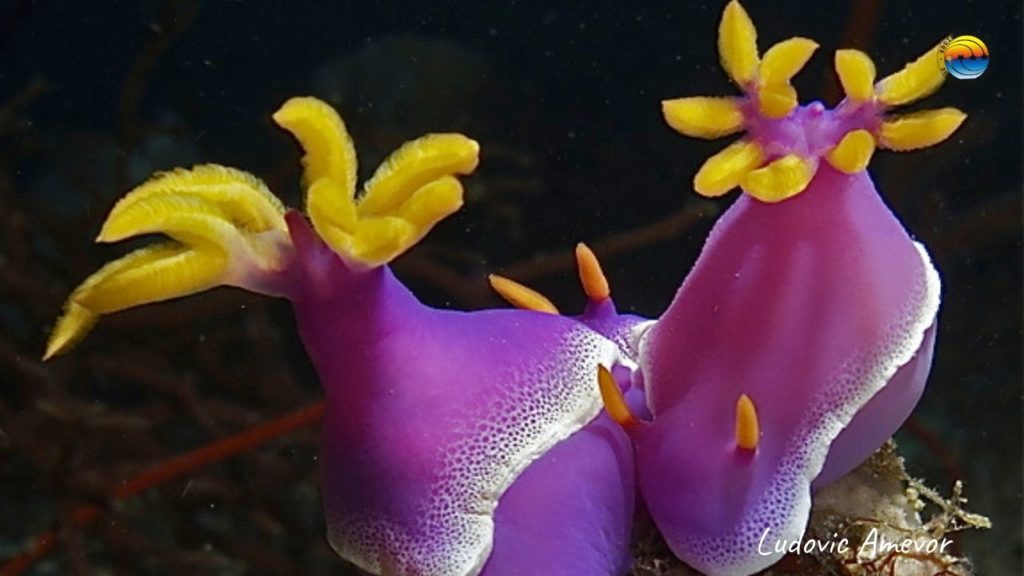
Dorid nudibranchs look fairly smooth, with a tuft of feather-like gills toward the back of the animal that is used to breathe. It also has a cover called manto. Some species can use this manto to swim, like for example, the Spanish dancer nudibranch.
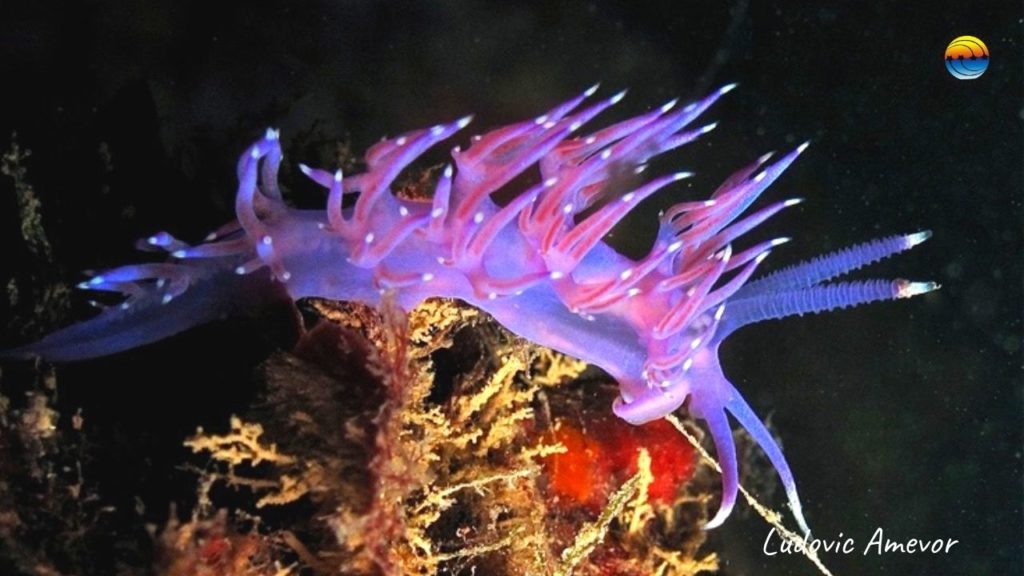
Aeolid nudibranchs instead breathe with organs called cerata covering their backs. These cerata are extensions of their digestive system, but they also assist in breathing.
The name nudibranch actually means naked gills. Which refers to the exposed gills that sprout out of their backs and are in direct contact with the water
3. Nudibranchs leave a slime trail, full of chemicals
Similar to land snails, nudibranchs also leave a slime trail, full of chemicals, which can warn other slugs of danger, or be used to find a mate.
4. They’ve got very tiny eyes
Actually, with these eyes, they can only distinguish between shadows and lights. But instead, nudis have two tentacles, called rhinophores located on top of their head.
Nudibranchs see the world through their rhinophores.
Having these two horns sticking out of their bodies makes nudibranchs more visible to predators so they have the ability to withdraw them into their bodies when in danger.
5. Nudibranchs are hermaphrodites
That’s right, each one is simultaneously a male and a female – they possess reproductive organs of both sexes. While mating they fertilize each other, although a nudibranch cannot fertilize itself.
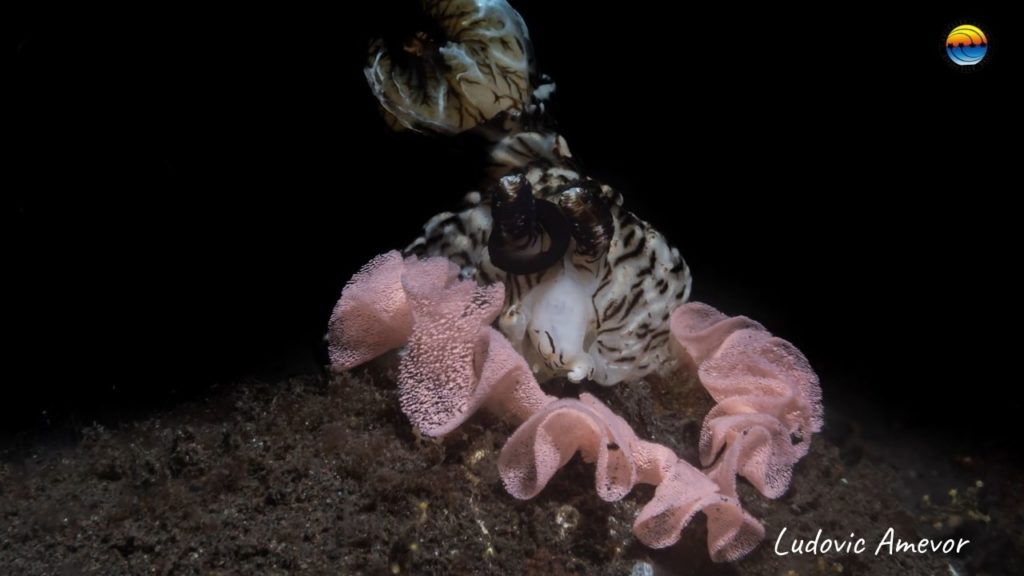
A mating pair can produce up to 1 million eggs at a time in a beautiful spiral.
6. Most mollusks, like snails, clams, and oysters, have hard shells as a means of protection. But not the nudibranch
As it transitions to its juvenile state the baby nudibranch loses its shell in favor of other defense mechanisms.
7. The defense mechanisms of nudibranchs include their striking colors, camouflage, and ingestion of toxins
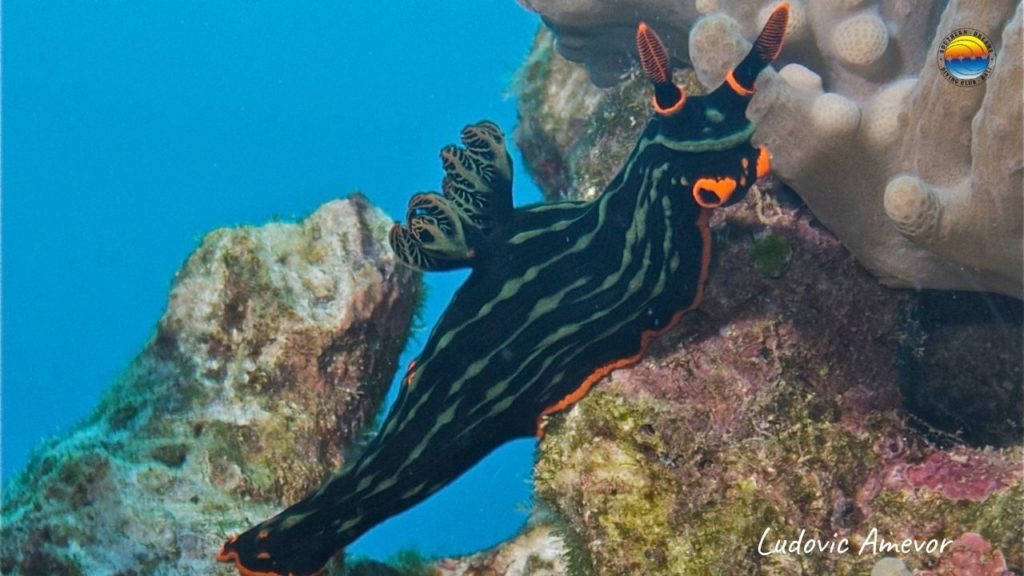
Nudibranchs derive their colors from the things they eat. Which includes sponges, anemones, and even other nudibranchs.
Cannibalism exists in the nudibranch world. Some species eat other nudibranchs, as well as nudibranchs of their own species!
The colors act as a warning sign for potential predators, as bright colors are often associated with venom.
Some nudis use camouflage to blend in with their surroundings. A good example is the melibe nudibranch, which is almost transparent.
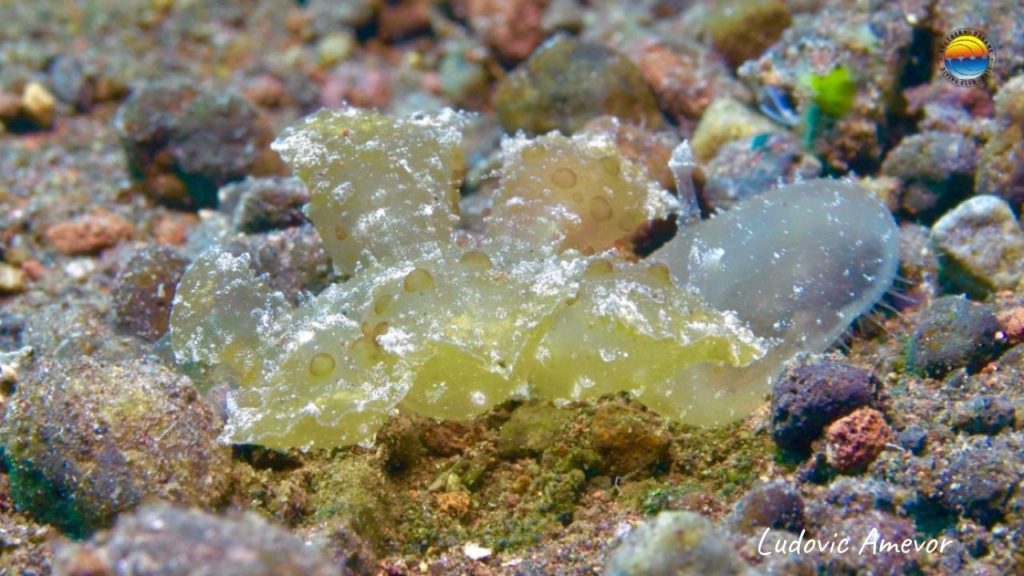
But some nudibranchs don’t just look poisonous. They might be poisonous for real.
In addition to adopting the color of their prey, nudibranch can also retain the toxic chemicals it ingests and save them for themselves.
A good example is the blue dragon (Glaucus atlanticus). It is in fact an especially toxic nudibranch.
This guy eats the Portuguese Man O’ War, which is a venomous jellyfish-like ocean floater. Once the blue dragon ingests pieces of the Man O’ War it concentrates its stinging cells and stores them in its long external outgrowths. And the blue dragon can actually accumulate a large number of these stinging cells, which makes them even more dangerous than the man o’ war itself.
8. Solar-powered nudibranchs
These species harvest algae from plants or coral and house these algae inside of their bodies.
Nudibranchs absorb the chloroplast of the algae and engage in photosynthesis. The created nutrients help nudibranchs to survive and obtain the established energy for several months.
A good example of a nudibranch that uses solar energy for its survival is the sheep nudibranch (Costasiella kuroshimae).
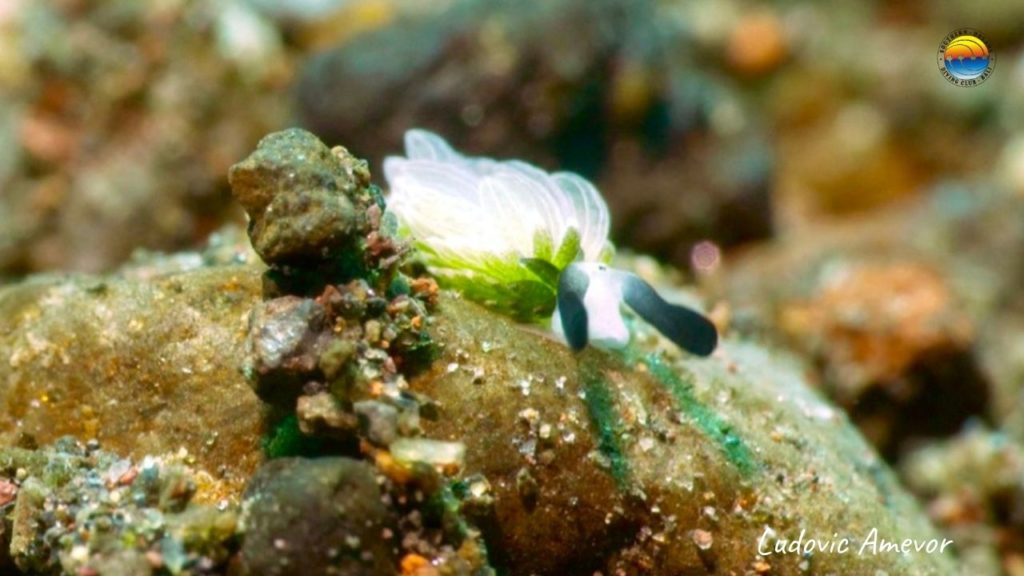
9. Most nudibranchs are benthic
Meaning they crawl on the seafloor, but there are a few species that are pelagic and live in the water column or on the surface.
10. So where can you see some of these things for yourself?
Nudibranchs live actually all over the world. And also at all depths. But they do tend to favor warm temperate and tropical seas.
In fact, in Bali, we can see a great variety of nudis in each and every one of our dives. For example at Tulamben, Seraya, Batu Bella, Amed, Candidasa and also at Padangbai.
Every day divers identify new species. So who knows, maybe you will discover one for yourself!
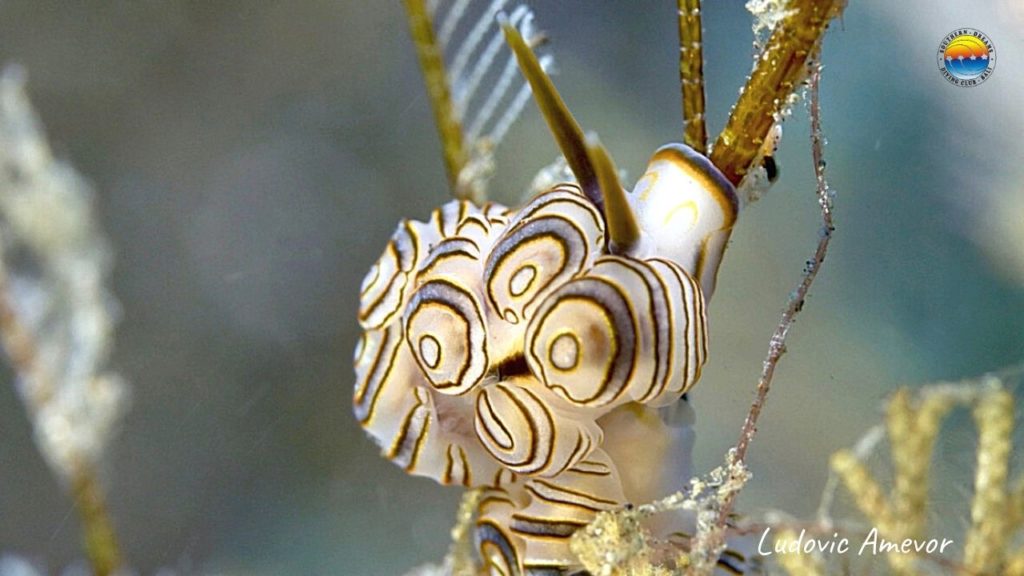
11. Hazards
The pollution of the water is one of the biggest threats to the population of these beautiful animals. In addition the degradation, loss of habitat, and also the decrease in biodiversity associated with global warming.
👉 Learn more about marine life in Bali on our blog
Would you like to dive with us? Book your dream diving holidays in Bali!

